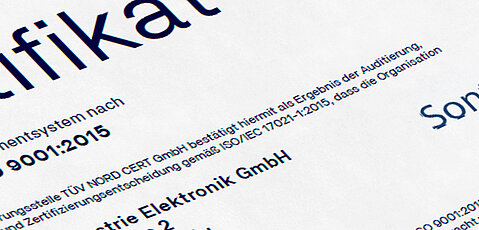OPC UA (Unified Architecture)
OPC UA (Open Platform Communications – Unified Architecture) is a manufacturer- and platform-independent standard that enables the cross-company industrial communication of tomorrow. Often referred to by research and industry as a key technology, OPC UA standardizes the exchange of data and information in the implementation of Industry 4.0 concepts.
This allows components from different system suppliers to be combined and organized in one system without any further precautions. In addition to simplified machine communication (M2M), vertical integration – from the field device via the ERP system to the cloud – also takes place, thus enabling a continuous network.
Function
The architecture is based on the client-server and the publisher-subscriber model, which meets different tasks. The already in the architecture integrated security features deal with the levels of user, application and transport security. In addition to the transmission of the machine data, they are also described semantically in a machine-readable manner. This creates the basis for semantic interoperability and the sensible use of the data.
The so-called Companion Specifications of the platform are information models, whereby industry-specific models can be standardized and thus presented as uniform and independent data. The ethernet-based communication standard simplifies the implementation of modular production systems (plug and play) and enables associated time and cost savings.
